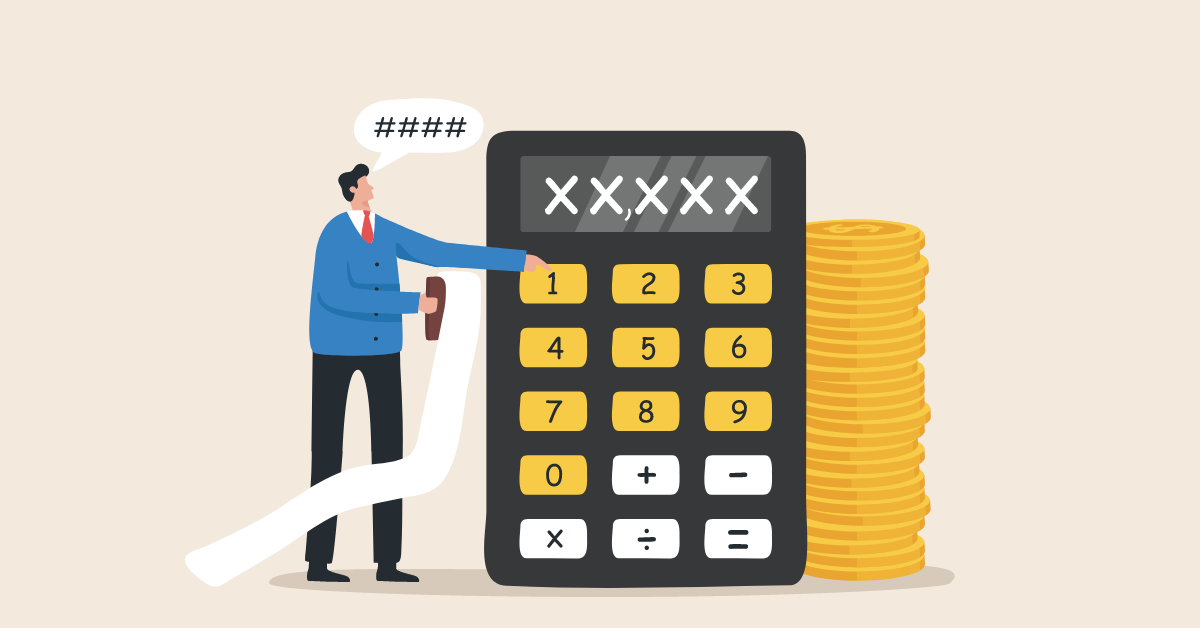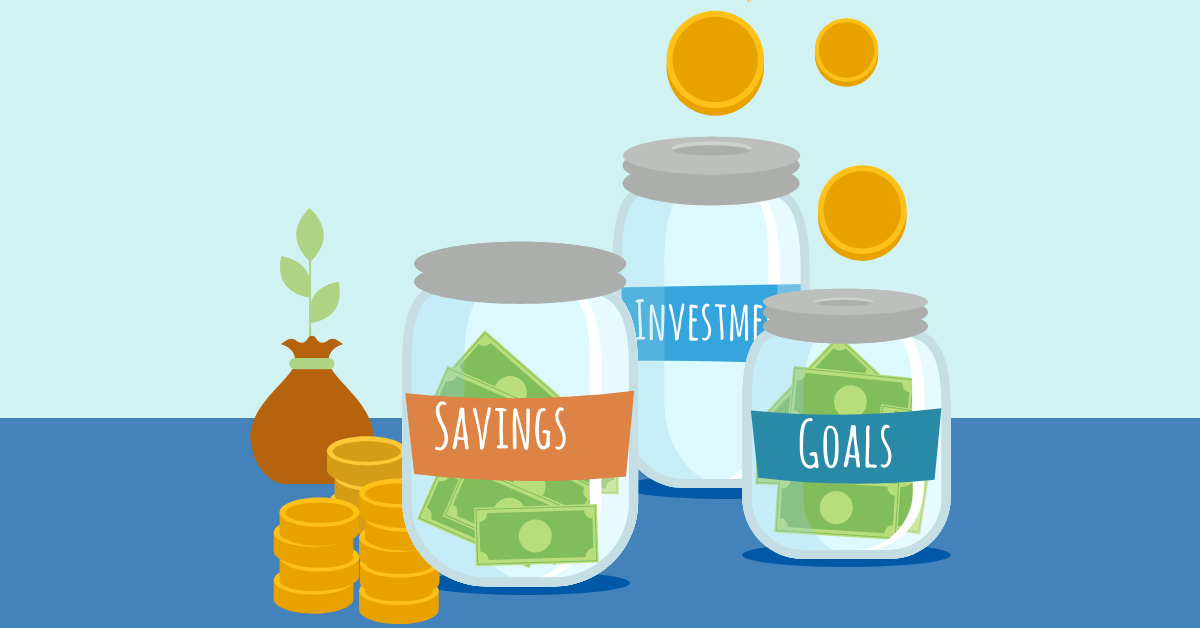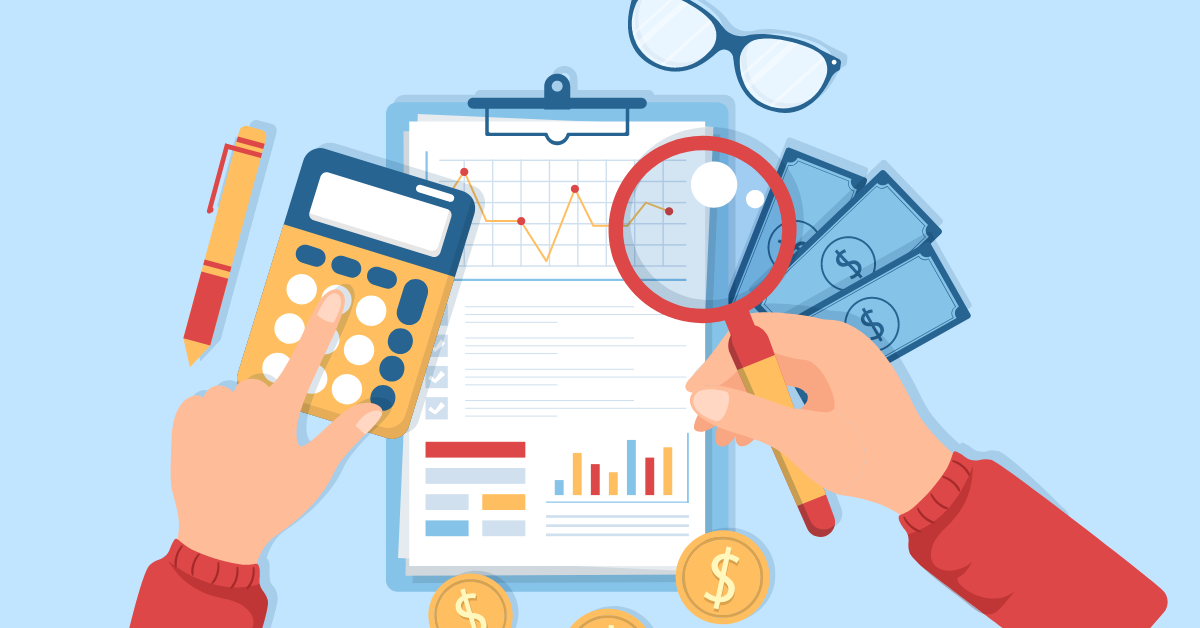Have you ever tried to figure out how much you’ll earn from your savings account or a fixed deposit? It’s a bit like predicting your future income from an investment, and that’s where “Yield to Maturity” or YTM comes in. Just as you’d calculate your expected earnings from a bank account, YTM helps you estimate your returns from investments like bonds.
In this blog, we will break down what YTM means, why it’s important, who should pay attention to it, and how it can help you make informed investment decisions.
What is Yield to Maturity ?
Yield to Maturity is a vital financial concept that tells you the total return you can expect to receive from a fixed-income investment, such as bonds, if you hold it until its maturity date.
In simpler terms, it helps you figure out how much you’ll earn from an investment over its entire lifespan, taking into account factors like interest payments, the purchase price, and the face value of the investment.
Why is Yield to Maturity Important?
YTM is important because it provides a clear picture of the potential return on your investment. Knowing it allows you to assess whether a bond or other fixed-income investment is a good fit for your financial goals and risk tolerance. It helps you make informed choices and compare different investment opportunities.
Who Should Study About Yield to Maturity?
For the following category of people understand and calculating YTM is of prime importance
Investors:
Individuals or institutions looking for investment opportunities in the bond market.
Issuers:
Entities, such as corporations or governments, issuing bonds to raise capital.
Financial Analysts:
Professionals who analyze and recommend investments.
Portfolio Managers:
Those responsible for managing investment portfolios.
Now, let’s delve deeper into understanding YTM and how to calculate it.
How to Calculate Yield to Maturity?
The formula may look daunting, but we’ll break it down step by step for you:
YTM = (C + [(F – P) / N]) / [(F + P) / 2]
Where,
YTM: Yield to Maturity.
C: Annual coupon payment (interest received).
F: Face value (the bond’s value at maturity).
P: Purchase price (the amount you pay to buy the bond).
N: Number of years to maturity.
Example of How to Calculate YTM
Let’s say you have a bond with a face value of ₹1,000, a coupon rate of 5% per annum, and you purchased it for ₹950. The bond matures in 5 years. Using the formula for YTM we will get:
YTM = (50 + [(1000 – 950) / 5]) / [(1000 + 950) / 2]
Calculating this will give you the YTM for the bond which comes out to be ~ 6.15%
Factors that Affect Yield to Maturity
Several factors can impact YTM, including:
Coupon Rate
The coupon rate is the annual interest payment that a bond makes to its holders. Higher coupon rates typically lead to higher YTMs. This is because bonds with higher coupon rates have a higher cash flow, which makes them more attractive to investors. As a result, investors are willing to pay a higher price for these bonds, which drives down the YTM.
Purchase Price
The purchase price of a bond is the amount that an investor pays to buy the bond. It is typically different from the bond’s face value. A lower purchase price increases YTM. This is because the investor is getting a higher yield on the bond’s cash flows. For example, if an investor buys a bond with a face value of ₹1,000 and a coupon rate of 5% for ₹950, the investor’s YTM will be 5.26%. This is higher than the bond’s coupon rate because the investor paid less than the bond’s face value.
Time to Maturity
The time to maturity of a bond is the number of years until the bond issuer repays the principal to the bondholders. Bonds with longer maturities typically have higher YTMs. This is because investors demand a higher return to compensate for the additional risk of holding a bond with a longer maturity.
For example, a two-year bond with a 5% coupon rate may have a YTM of 4.5%, while a ten-year bond with a 5% coupon rate may have a YTM of 5.5%. This is because the ten-year bond has a longer maturity and is therefore riskier.
Market Interest Rates
Market interest rates are the rates that investors can earn on other investments, such as Treasury bills and certificates of deposit. As market rates rise, existing bond prices fall. This is because investors can now earn a higher return on other investments, so they are no longer willing to pay as much for existing bonds.
When bond prices fall, YTMs rise. This is because the investor is getting a higher yield on the bond’s cash flows. For example, if a bond with a face value of ₹1,000 and a coupon rate of 5% falls in price to ₹950, the investor’s YTM will rise to 5.26%.
Benefits of Using Yield to Maturity
Comparability
Yield to maturity allows investors to compare different bond investments. This is because Yield to Maturity is a single metric that takes into account all of the bond’s future cash flows, including both coupon payments and the face value at maturity.
For example, an investor can compare two bonds with different coupon rates and maturities by looking at their YTMs. If two bonds have the same Yield to Maturity, then they are expected to generate the same return for the investor, regardless of their different coupon rates and maturities.
Informed Decisions
Yield to Maturity can help investors make well-informed investment choices. By comparing the YTMs of different bonds, investors can identify the bonds that are offering the highest potential returns. Investors can also use it to compare the returns of bonds to other types of investments, such as stocks and CDs.
Total Return
YTM considers both interest income and potential capital gains. Interest income is the amount of money that an investor receives in coupon payments over the life of the bond. Capital gains are the profits that an investor makes by selling a bond for more than they paid for it.
When calculating YTM, it is important to consider both interest income and potential capital gains in order to get an accurate picture of the total return that an investor can expect to earn on a bond investment.
Drawbacks of Using Yield to Maturity
While YTM is a valuable tool, it has some limitations. One limitation is that YTM assumes that the investor will hold the investment until maturity. This is not always a realistic assumption, as investors may need to sell their bonds before maturity for a variety of reasons.
Another limitation of YTM is that it does not account for changes in market conditions or interest rates. If interest rates rise after an investor buys a bond, the value of the bond will fall. This means that the investor will likely lose money if they sell the bond before maturity.
Finally, YTM may not be accurate for bonds that can be called before maturity. A callable bond is a bond that the issuer has the right to redeem before the maturity date. If a bond is called, the investor will receive back the face value of the bond, but they will miss out on any future coupon payments.
How to Use Yield to Maturity to Make Investment Decisions
Yield to maturity is a useful tool for investors to make informed investment decisions. It can be used to compare different bond investments, identify the bonds that are offering the highest potential returns, and make informed decisions about whether or not to buy or sell a bond.
Comparing different bond investments:
YTM is a single metric that takes into account all of the bond’s future cash flows, including both coupon payments and the face value at maturity. This makes it easy to compare different bond investments, regardless of their different coupon rates and maturities.
Identify the bonds that are offering the highest potential returns:
By comparing the YTMs of different bonds, investors can identify the bonds that are offering the highest potential returns. This can help investors to build a portfolio of bonds that is aligned with their risk tolerance and investment goals.
Make informed decisions about whether or not to buy or sell a bond:
YTM can help investors to make informed decisions about whether or not to buy or sell a bond. For example, if an investor is considering buying a bond, they can use YTM to determine if the bond is offering a competitive return. If an investor is considering selling a bond, they can use it to determine if they are likely to earn a higher return by investing in a different bond or another type of investment altogether.
Conclusion
In summary, Yield to Maturity offers investors a comprehensive view of the potential returns on their fixed-income investments. It allows for easy comparisons between different bonds, helps in identifying high-potential opportunities, and informs critical investment decisions. By incorporating it into your financial toolkit, you’re better equipped to make strategic and informed choices in the world of investments.
FAQs
The coupon rate is the annual interest payment that a bond makes to its holders. It is expressed as a percentage of the bond’s face value. On the other hand Yield to Maturity, is the internal rate of return (IRR) of a bond, assuming that all coupon payments are reinvested at the YTM itself. In other words, the coupon rate is a fixed rate, while the YTM is a variable rate that depends on the bond’s current market price and other factors.
The Yield to Maturity and bond prices have an inverse relationship. This means that when bond prices fall, Yield to Maturity rises, and vice versa. This is because when bond prices fall, the investor is getting a higher yield on the bond’s cash flows.
The Yield to Maturity is a good estimate of the total return that an investor can expect to earn on a bond investment, assuming that the investor holds the bond to maturity and all coupon payments are reinvested at the YTM itself. However, it is important to note that it does not take into account other factors that can affect the total return on a bond investment, such as taxes and inflation.


















